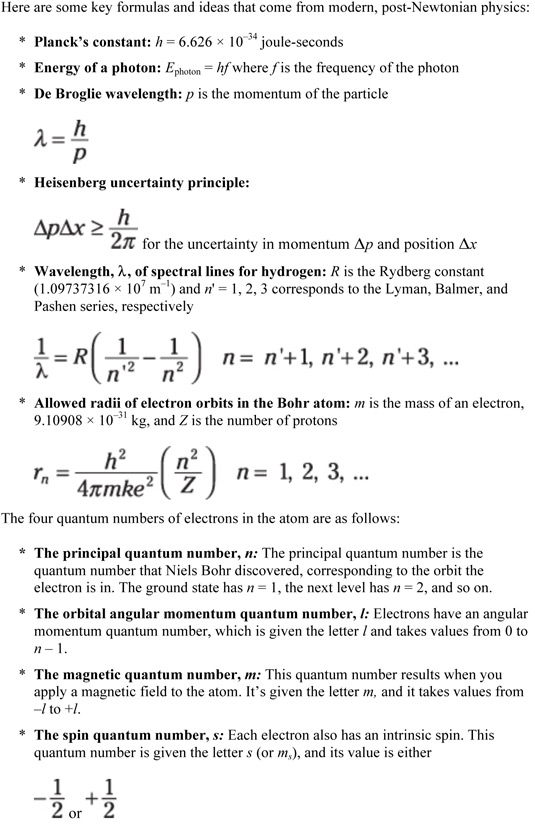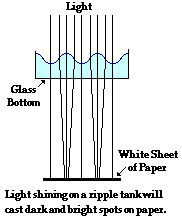Conceptual Physics Sound Wave Study Guide
Acoustics Lesson Plans These acoustics lesson plans are designed to be used with the ASA Teacher Activity Kit, which is free. Learn more and request a kit by clicking. Lessons are divided into three main categories: Physical Science, Physics, and Lower Elementary. Some Lessons are listed in multiple categories. Supplemental materials such as learning process skills definitions and background readings can be found. For access to video demonstrations, please order a kit.
Many of these acoustics lesson plans can be used for most grades, however, we don’t recommend using the same activity at multiple levels. An activity should only be used once with students; the next time they see the same activity and materials they disengage because they “already know this,” or “We already did this in Mr. So and so’s class!”. Physical Science Middle & High School Lesson Plans The following acoustics lesson plans have all been tested with students and reviewed by experienced middle and high school teachers, middle and high school curriculum experts and physics education researchers and are at an appropriate level for middle and high school students. Students explore the physics of sound, how the ear hears and how musical instruments work through interactive demonstrations and student activities. Video clips are available for teachers to watch a section at a time if interested. This includes a multiple-choice test designed to measure learning from the “Sound and Music” lesson.

This test has been reviewed by multiple experts and master teachers as well as used with several different populations of students. The Science of Music Unit: Students investigate how to make music by creating their own “straw instruments” and exploring water bottles.: Students investigate how stringed instruments make music including constructing and testing their own “cup instruments.”: In this small group and whole class follow-up discussion to Musical Instruments part 1 and 2, students are guided to make generalization about how instruments make music – source of vibration, way to change pitch, mechanism to amplify the music including resonance and sympathetic vibration.
Students explore the PhET Interactive Simulation “Wave on a String” focusing on amplitude and frequency as well as wave travel. This is a good preparation activity or homework assignment for the “Anatomy of a Wave” lesson.
Students take on the roles of reporters and artists to draw and describe the nature of transverse waves. Activity is followed up with an interactive presentation of longitudinal and transverse wave characteristics including resonance.
To study the properties of common waves - waves on strings, sound waves, and light waves. To apply energy. The Physics Classroom (conceptual). General Physics I notes from ETSU (calculus-based).
“Wave Basics” is good preparation for this lesson. Students study a brief history of sound, examine the role of tuning forks in this history and then conduct experiments with tuning forks. Students explore the PhET Interactive simulation “Sound” and then experience the Doppler effect through watching videos and teacher demonstrations. Then students invent an explanation of why the Doppler effect happens. This pre and post quiz is a combination open-ended and likert-scale quiz covering many of the learning goals from the two echolocation activities. This has been used with pre-service elementary teachers, but it has not been reviewed by others.
Speed of Sound: Students explore the speed of sound by experiencing the delay for sound to reach them after they see it occur. Identification from a Distance: Students will try to identify objects from a variety of distances that dolphins and bats can successfully echolocate from. Fish Finding Game: Students will explore what it feels like to find objects without sight by playing a game modeled after dolphin’s food-finding behavior.
Echolocation and SONAR Homework: Students examine what echolocation is and how it is used by humans and dolphins. Sound not Sight: In this activity students explore the idea of how it feels to use sound only to locate objects. 3-D Location: Students experience having to search for objects above and below them, rather than only side-to-side, similar to how bats and dolphins find food. This activity is a visual, class or group discussion version of the Echolocation and SONAR homework found above.
The reading from that activity has been put into a visual power point with student questions placed at key points. In class discussion of how echolocation works. This activity brings together the hands-on activities done in indoor and outdoor echolocation units and helps students understand why and how echolocation works. Word search uses 36 acoustics terms found in the science lessons. Minimum of 2 hours to complete.

Students use a sound level meter to measure, compare and graph sound levels in different environments. Developed by Dangerous Decibels In this stand alone or follow up to Sound Measures activity, students explore sound levels and exposure time for a variety of sources. Developed by Dangerous Decibels. Two sided full color bookmarks show sound level for certain sound and safe exposure times for different levels. Materials developed by Dangerous Decibels.
Sound Lab Unit: Students use the “Sound” simulation from the PhET Interactive Simulations to understand how different sounds are modeled, described and produced. They also design ways to determine the speed, frequency, period and wavelength of a sounds: Students use a virtual oscilloscope to investigate how wave patterns from different sound sources look. They also determine the speed, frequency, period and wavelength of a sound.: Concept questions related to the “Sound Waves” and “Sound Lab” lessons. Physics Middle & High School Lesson Plans Some of the following acoustics lesson plans are in the BETA phase, which means they have been used in middle and high school classrooms, but haven’t gone through a second round of use and are not in ASA lesson format. These lessons are traditionally done in high school, but are at an appropriate level for middle school students. This is a more advanced version of the “Anatomy of a Wave” presentation. It investigates waves, follows up on the “Wave Basics” assignment, introduces the equations for the relationship between wave speed, frequency and wavelength, and introduces wave interference and resonance. Students make their own straw instruments and cup instruments to investigate how music is made.
They also blow over the top of bottles and investigate an acoustic and electric guitar. This can be used with “Generalizing How Musical Instruments Work” in class as a necessary follow up to this lab. This lab is designed for high school or introductory college classes. The PhET simulation “Wave on a String” is used to have students carefully study and graph traveling waves. Standing waves are studied experimentally with vibrators and a string. Clicker questions to use as follow-up to the Traveling & Standing Waves lab. Students explore the PhET Interactive simulation “Sound” and then experience the Doppler effect through watching videos and teacher demonstrations.
Then students invent an explanation of why the Doppler effect happens. Students use sound level meters to investigate how sound level drops off with distance. This lab uses the “Fourier: Making Waves” PhET simulation to investigate auditory perception of various combinations of harmonics as well as how waves add. This lab is by Hewitt and Baird’s Conceptual Physics Laboratory Manual.
Conceptual Physics Textbook Pdf
It uses the PhET simulation Masses and Springs to investigate Hooke’s Law. This can be used with the “Simple Harmonic Motion” BETA lesson one lab period.
Investigate a spring, a pendulum and pasta w/raisins or marshmallows to determine if the period depends on length, amplitude and mass for each oscillator. This can be used as the second half after the “Spring to Another World” lesson. This presentation includes more than an hour of slides which have a section on speech intelligibility and acoustician careers. It can follow up the “Waves and Harmonics” lab or the “Sound Rather than Sight” lesson. This assignment consists of a series of conceptual questions about a website article on elephant acoustics encouraging the students to connect what they’ve learned about the physics of sound with how elephants hear and make sound. Sound Lab Unit: Students use the “Sound” simulation from the PhET Interactive Simulations to understand how different sounds are modeled, described and produced.
They also design ways to determine the speed, frequency, period and wavelength of a sounds: Students use a virtual oscilloscope to investigate how wave patterns from different sound sources look. They also determine the speed, frequency, period and wavelength of a sound.: Concept questions related to the “Sound Waves” and “Sound Lab” lessons. Elementary Many of these acoustics lesson plans are modified versions of the fully tested and reviewed middle and high school lessons.
They have been modified by an elementary teacher for the lower elementary grades. There are also some lessons from the Dangerous Decibels Resource Guide in this grade range. It’s also worth noting that many of the lessons for Physical Science and Physics are also appropriate for younger students. Interactive lesson demonstrating the connection between sound and vibrations. Developed by Dangerous Decibels.
Two sided full color bookmarks show sound level for certain sound and safe exposure times for different levels. Materials developed by Dangerous Decibels. Students color four sheets that remind them how to avoid loud sounds. Materials developed by Dangerous Decibels.